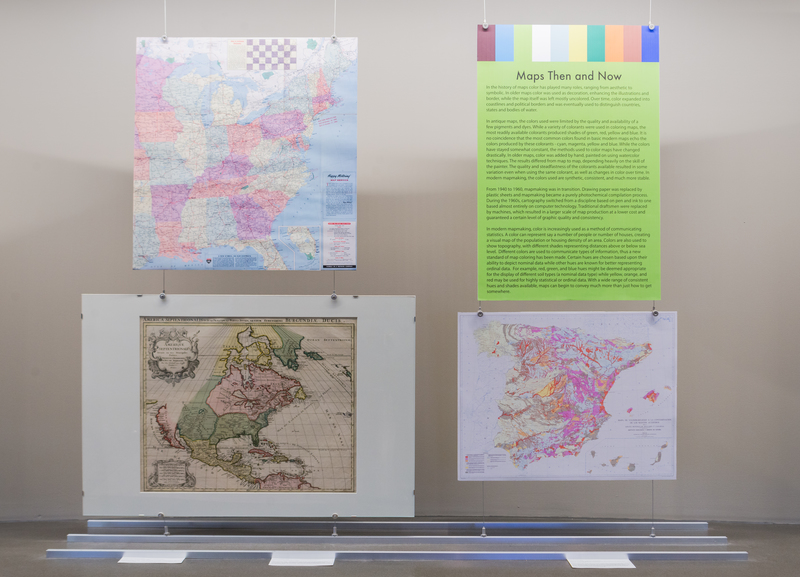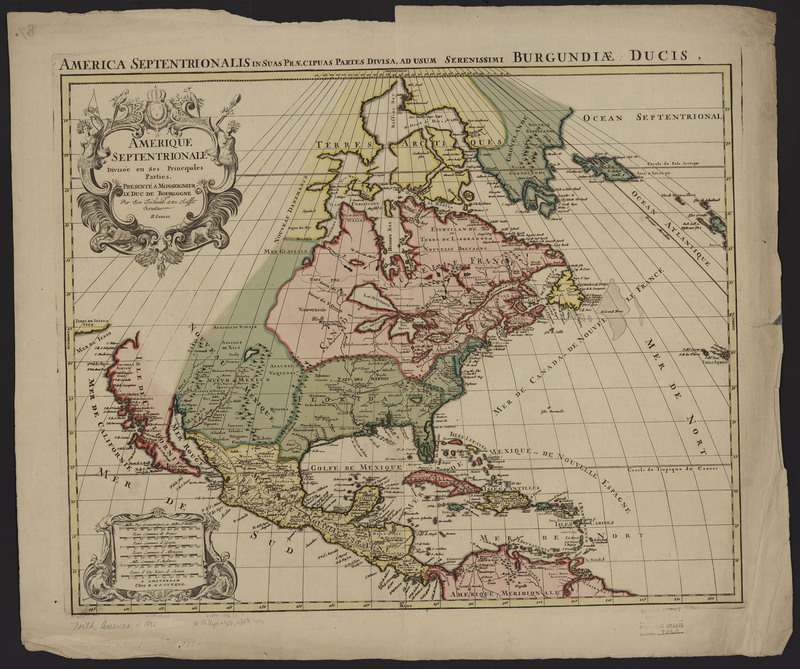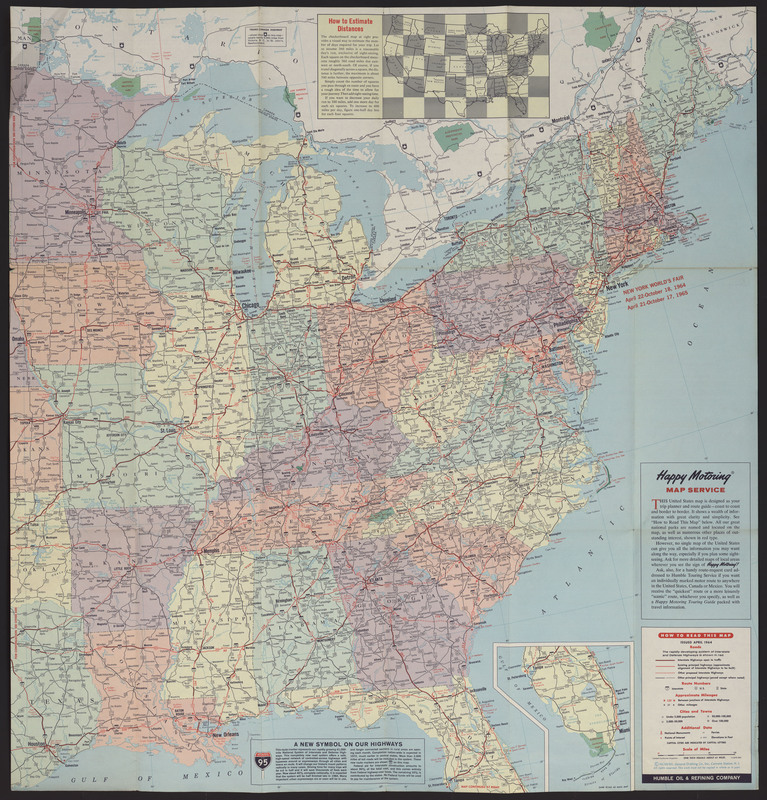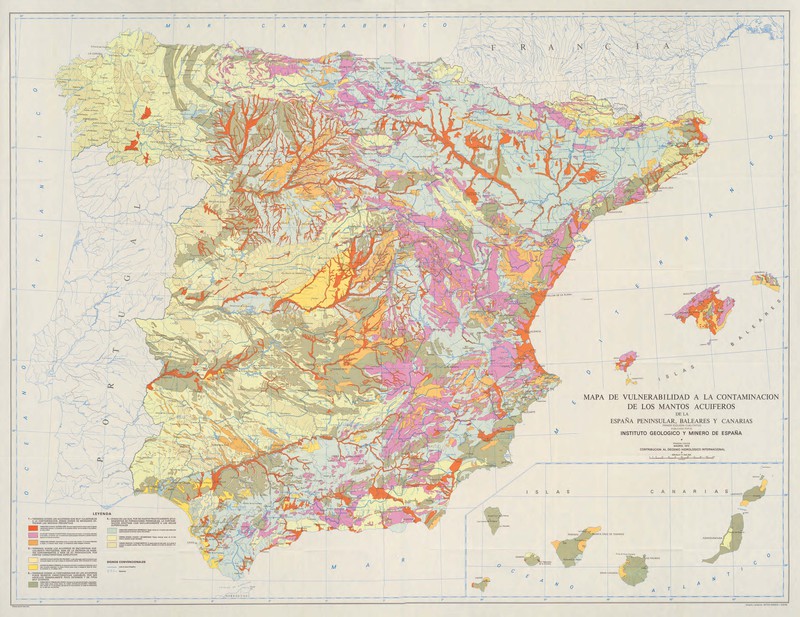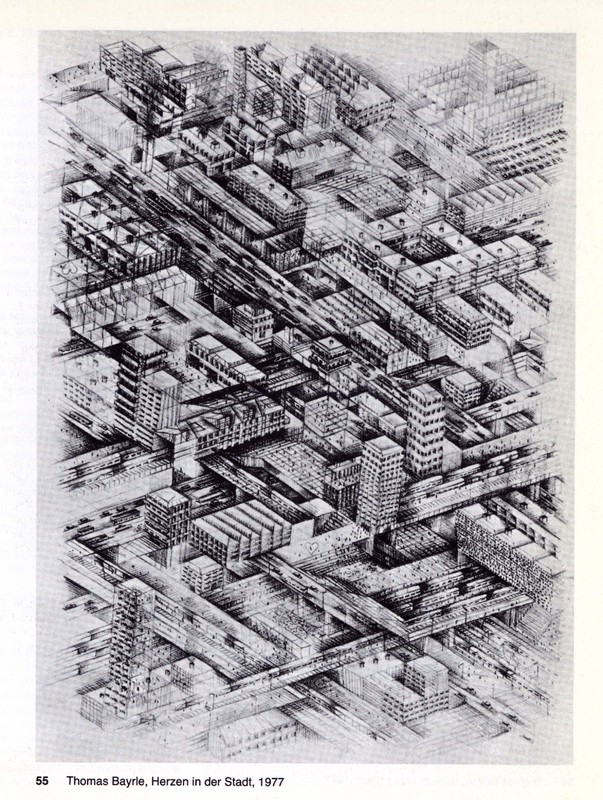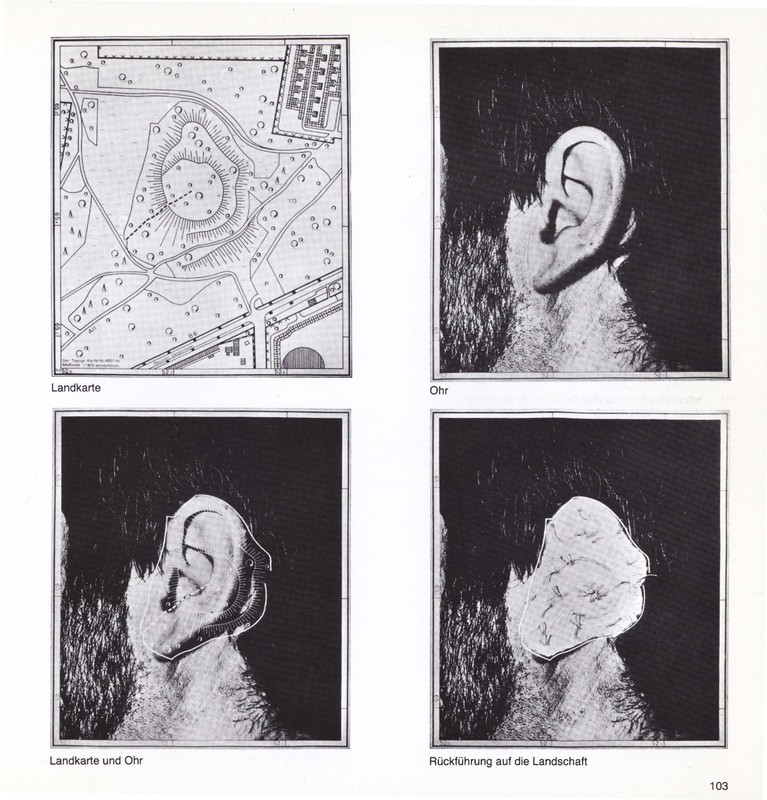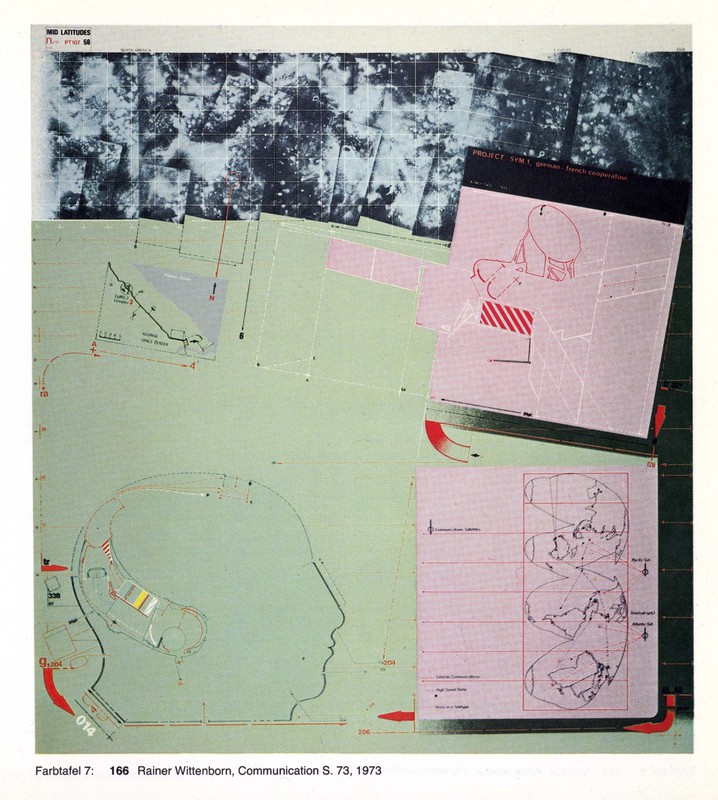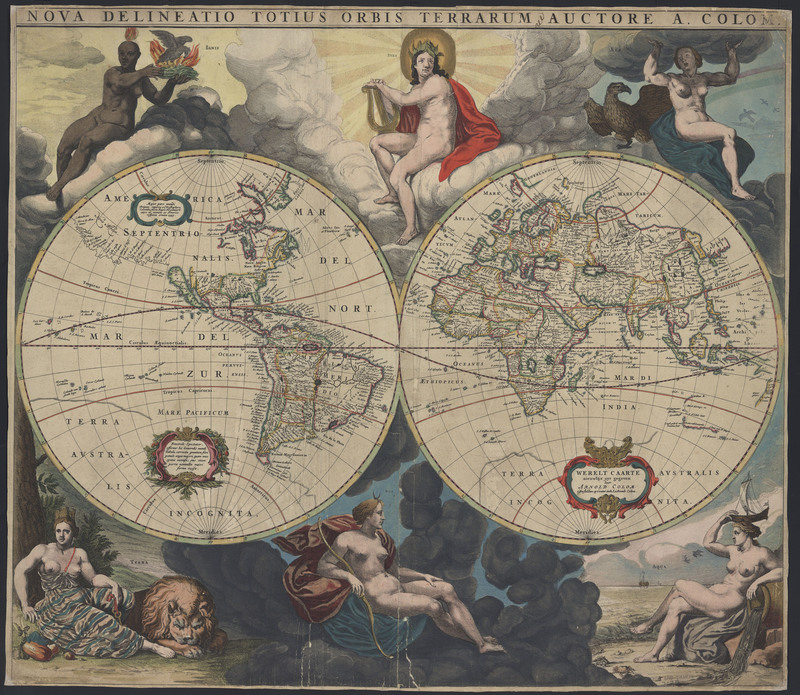Maps Then and Now
In the history of maps, color has played many roles, ranging from aesthetic to symbolic. In older maps color was used as decoration, enhancing the illustrations and border, while the actual map was left mostly uncolored. Over time, color expanded into coastlines and political borders and was eventually used to distinguish countries, states and bodies of water.
In antique maps, the colors used were limited by the quality and availability of a few pigments and dyes. While a variety of colorants were used in coloring maps, the most available colorants produced shades of green, red, yellow and blue. It is no coincidence that the most common colors found in basic modern maps echo the colors produced by these pigments - cyan, magenta, yellow and blue. While the colors have stayed somewhat constant, the methods of coloring maps have changed drastically. In older maps, color was added by hand, painted on using watercolor techniques. The results differed from map to map, depending heavily on the skill of the painter. The quality and steadfastness of the colorants available resulted in some color variation even when using the same colorant, as well as changes in color over time. In modern mapmaking, the colors used are synthetic, consistent, and much more stable.
From 1940 to 1960, mapmaking was in transition. Drawing paper was replaced by plastic sheets and mapmaking became a purely photochemical compilation process. During the 1960s, cartography switched from a discipline based on pen and ink to one based almost entirely on computer technology. Traditional draftsmen were replaced by machines, which resulted in a larger scale of map production at a lower cost and guaranteed a certain level of graphic quality and consistency.
In modern mapmaking, color is increasingly used as a method of communicating statistics. A color can represent a number, say a number of people or number of houses, creating a visual map of the population or housing density of an area. Colors are also used to show topography, with different shades representing distances above or below sea level. Different colors are used to communicate types of information, thus a new standard of map coloring has been made. Certain hues of colors are chosen based upon their ability to depict nominal data while other hues are known for better representing ordinal data. For example, red, green, and blue hues might be deemed appropriate for the display of different soil types (a nominal data type) while yellow, orange, and red may be used for highly statistical, or ordinal data. With a wide range of consistent hues and shades available, maps can begin to convey much more than just how to get somewhere.
Maps As Art
“There has always been art in cartography. Maps by definition are utilitarian. Cartographers have long known that deploying artistic skills and techniques can enhance a map’s effect. Now the relationship between maps and art has swung around; artists are using maps to further their artistic purposes. Artists have found in cartography a rich vein of concepts and imagery to mine.” -Katharine Harmon, The Map as Art: Contemporary Artists Explore Cartography
Contemporary art is constantly challenging the norm and redefining the boundaries of what is considered art. These boundaries have been stretched to include maps as an outlet for artistic expression. Art has always existed within the realm of mapmaking, however, contemporary artists have only recently begun to include maps in the realm of fine art, altering the concept of maps as a utilitarian medium. With artistic details no longer relegated to the periphery, the entire map becomes a work of art, ushering in new ways of visual representation and rethinking the use of color. Fine art maps are not subject to the limitations of traditional mapmaking rules. Color can mean anything and can, quite literally, be all over the map. Scale and precision fall by the wayside while other map techniques hold strong, resulting in a work that is strangely beautiful and familiar, though it might not get you exactly where you’re trying to go.
The Future of Colorants
“Concentration on renewable resources, sustainability and replacement of oil-based products are driving forces to reassess the potential of natural resources including natural colorants, at least for application in very specific fields. Growing consumer interest in purchasing ‘green’ products, which exhibit an improved environmental profile, can be seen as the breakthrough force for reintroducing natural colorants into the modern markets.” –Handbook of Natural Colorants, T. Bechtold and R. Mussak (eds.), Wiley: United Kingdom, 2009.
In the world we live in, color is everywhere. Clothing comes in all imaginable hues, vibrant paints and inks are readily available and our books, maps, walls, and even food are brilliantly tinted. This availability of color is the product of the invention of synthetically derived colorants. "Throughout history, as more and more colorants have become synthetically derived by chemists, most people may have started to believe, perhaps with great relief, that access to coloras had become secure, reliable, and forever. The security, reliability, and permanence of color are an illusion. Even synthetic colorants have starting reagents that come from some type of animal, mineral, or plant originating from some distinct geographic location. Without these animal, mineral, and plant starting reagents, there would be no color for us to express." Melissa Zagorski, The Geography of Significant Colorants: Antiquity to the Twentieth Century, 2007.
All colorants, natural and synthetic, depend on some type of plant, animal, mineral. These plants, animals and minerals exist in specific ecosystems and they are affected by the chemistry of their surroundings. Pollution and exploitation of natural resources and their surroundings can result in adverse changes to the composition of color as we know it today. Without these animals, minerals, and plants, there would be no colorants with which to express color.
As synthetic colorants have skyrocketed in popularity, the old ways of extracting color have fallen by the wayside. There are very few people who know the art of producing colorants from our natural surroundings. In a world dependent purely on natural colorants, availability is limited by location, season, and the quantity and quality of the natural elements being harvested. If we suddenly depended on natural indigo alone as our blue colorant source, the world’s indigo crop would be quickly depleted.
These speculations may sound extreme, but the synthetic colorant industry depends heavily on oil to survive. The first synthetic aniline dye was invented by accident in 1856 by the chemist William Perkin. It was derived from coal tar and produced a deep purple color; mauve. Many other synthetic dyes followed and most are derived from petroleum. As fossil fuel resources are depleted, the synthetic colorant industry will become unstable and possibly decline. Between the extinction of natural colorant knowledge, and the instability of the fossil fuel industry, the future of color as we know it is uncertain. Color, like any natural resource, has its limitations and the future of color depends upon the sustainability of our natural resources from which our colorants originate. Can you imagine a world without your favorite color?

A Brief History of Color in Maps
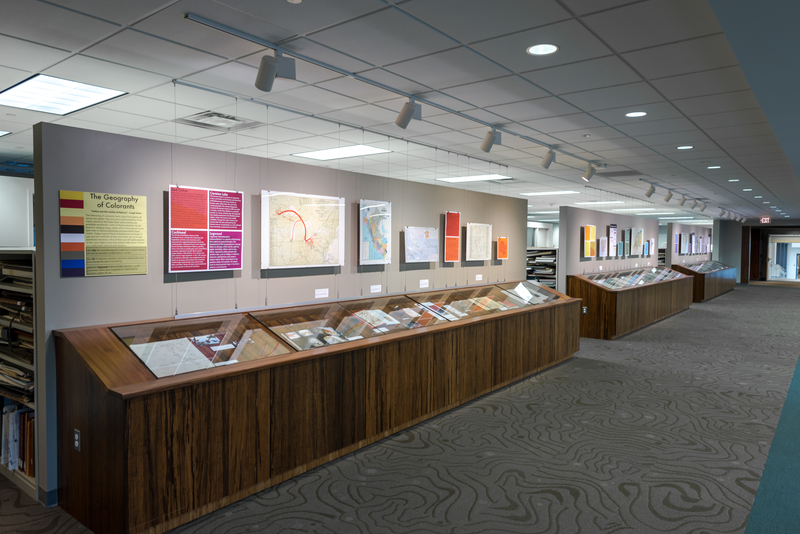
Colors From Around the World

